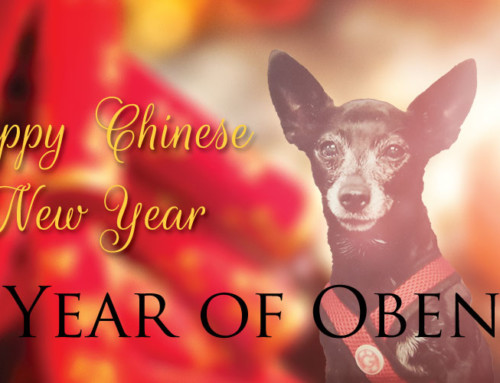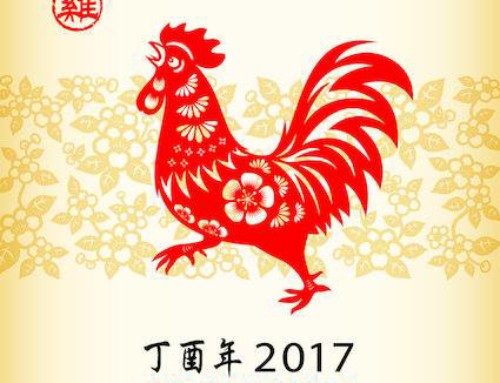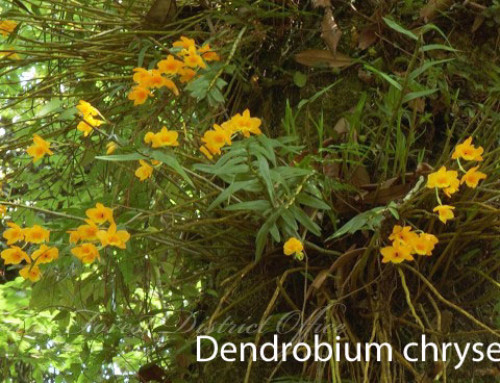Feng Shui is the Daoist practice of modifying our living and working space to harmonize our environment with our personality. According to Mian Shiang and Feng Shui expert Patrician McCarthy, the flat, swampy lands of Florida have an excess of Water and Earth element. Those with a great deal of Water and Earth will feel at ease. Other element types will feel stuck in the mud and crave order and movement. I was not surprised to find that bonsai and orchids, both very Metal hobbies, are incredibly popular in Florida. Bonsai specifically is the antithesis of the sprawling disordered growth natural to the tropics.
Having bonsai pieces in your home, garden, and work space will bring significant Metal element into your life; adding such qualities as purity, refinement, order, high standards, quality, and clarity. These can be placed throughout your space and particularly in the West and Northwest directions (Metal areas of the bagua). For example, perhaps your thinking has gotten muddy or you want to attract a higher quality of people into your life. Better than simply buying bonsai, taking up bonsai as a practice is immensely therapeutic for those craving a little Metal.
My mom, acupuncturist, and master gardener, Dr. Judith Andrews, DAOM, L.Ac. went to a class on African Flat Top and Pierneef (a rounder style) tropical bonsai. This style was created by South African bonsai artists imitating the natural growth of native acacias.

African acacia tree; the inspiration for the African Flat Top bonsai style.
Judith begins with a pre-bonsai; a beautiful little Brazilian Raintree. Trees such as acacia, raintree, tamarind, and Jamaican ebony lend themselves to this style. Their small round leaves growing on straight branches easily create straight lines. Brazilian raintrees also develop thick, tortuous, and mottled bark over time when their sudden growth spurts break their bark.

Baby Brazilian Raintree Pre-Bonsai

Slab wired for bonsai. Slab made by master potter Barbara Murza.

Tree is defoliated, wired, and now Judith removes dirt and extra roots.
She removes 70% of the leaves with her fingers. She runs two wires through her bonsai slab (flat pot) in order to secure the tree. Then she removes the dirt and excess roots. Her teacher, bonsai artist Mike Lane (at Wygert’s Bonsai), creates a “pot” on the slab by making a moat out of muck (half soil, half spagnum moss). A fast draining bonsai soil mix is added, after which the tree is wired in place. Tropical bonsai was adapted to handle the climate and variety of trees that grow in hot, humid regions which require a departure from the traditional northern bonsai practices. The materials must weather daily monsoon rains in the summer, for example.

Bonsai artist Michael Lane creates a “pot” out of muck on the slab.

Wiring bonsai tree in place.

Finished African Flat Top bonsai.
The tree, slab and all, are immersed in Superthrive for 5 minutes, followed by more soil, fertilizer, and a top coat of muck. The final tree must now rest in the shade for two weeks. She will then be placed in full sun and receive daily watering. It will take several years for this little tree to develop the clear flat canopy of the African style and the thick mottled trunk characteristic of mature raintrees, but it is this process of refinement and artistry that builds the Metal element within us.

Erik Wygert’s mature Pierneef Brazilian raintree bonsai.






